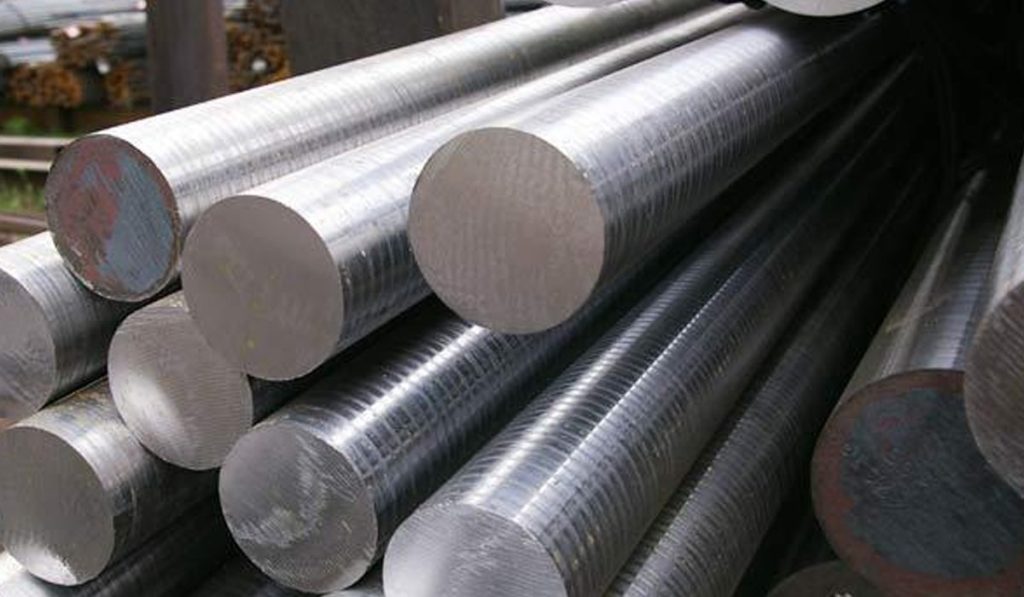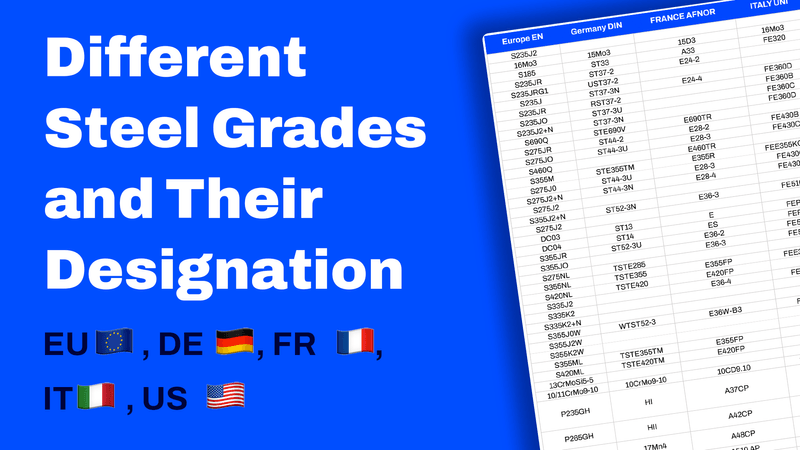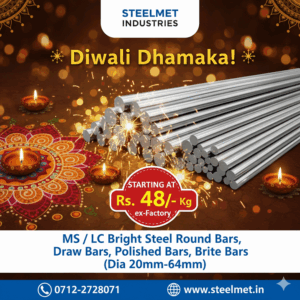Warum kaltgezogene blanke Stahlstäbe unverzichtbar für die Verteidigungs- und Rüstungsproduktion sind: Erkenntnisse von Steelmet Industries
In der Verteidigungs- und Rüstungsproduktion sind #Präzision, #Stärke und #Zuverlässigkeit unverzichtbar. Die verwendeten Materialien müssen höchste Standards erfüllen, um die […]













